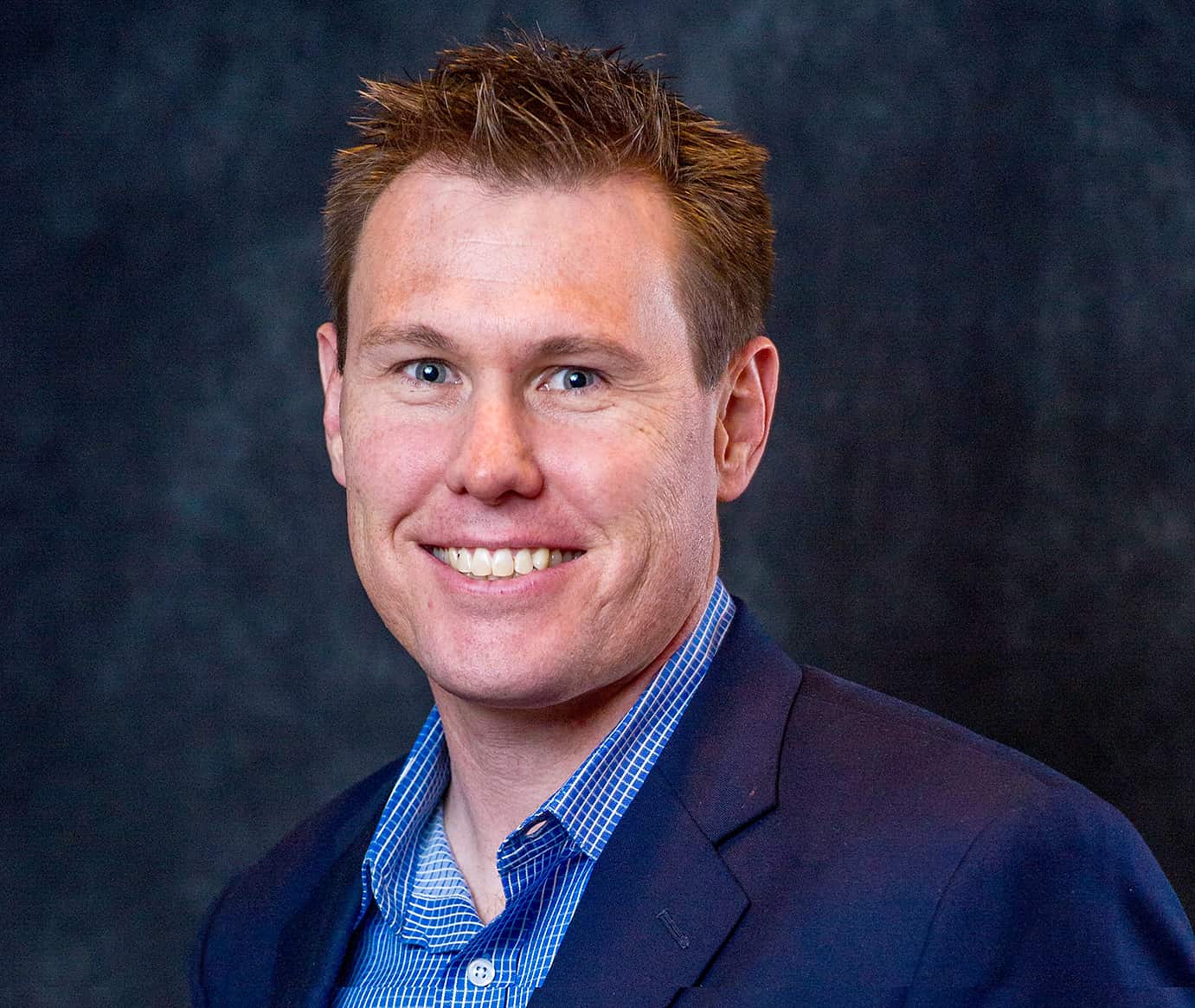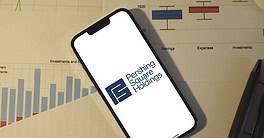Zac Nesper, treasurer at HP, speaks with Global Finance about the company’s $1 billion sustainable bond offering in June and the framework HP developed for future issuances.

Global Finance: Has the role of corporate treasurer changed much when it comes to sustainability?
Zac Nesper: Yes, it has changed a lot. For HP, sustainability has always been part of our DNA, but it has taken on a new emphasis over the last three years.
One thing that has continued to evolve is just how forward-leaning we are into the strategy. It is something that we are continually thinking about and incorporating across our business in everything that we do. Every part of the company has a role to play in driving the ESG [environmental, social and governance] agenda. While that’s woven into the fabric of HP, we do take our role in treasury very seriously. We have seen that become even more serious and intentional in recent years.
In terms of the role of treasurer, it has become increasingly strategic, which is only going to continue. It certainly happened for me, and for my peers as well. One way it’s evolving is that treasury’s seat at the table on environmental and social issues can be enormously impactful. People are recognizing that, given the magnitude of the dollars that we manage.
I recently led a discussion at NeuGroup, which is a network for finance professionals, with my peers at large technology companies. We discussed using our platforms as treasurers for good. The energy that I’m seeing in that space is tremendous. It is fun when you get in there and look at different ways that treasurers are using their treasury function as a platform to drive change. The treasurers of tomorrow are thinking strategically about sustainability. They are thinking about diversity, equity and inclusion as a central part of an increasingly strategic remit.
The role is evolving, and is a much larger part of the role than it has been historically. We are much more forward-thinking in how we integrate ESG into the financial strategy and financial structure.
GF: When HP launched its sustainable bond framework and issued $1 billion in sustainable bonds in June 2021, what were the company’s goals?
Nesper: There is a lot to unpack there. Starting at the company level, our aspiration is ambitious on this front: It’s to be the world’s most sustainable and just technology company. The sustainable bond framework’s goal is to use our capital structure as an enabler for our sustainability goals. Hopefully in doing that, we inspire others to do the same.
We are seeing a growing number of ESG investors actively seeking out purpose-driven brands and their offerings. One example: on our side, we had strong demand and oversubscription on a 10-year sustainability tranche that we did as part of our June 2021 offering. So the investor appetite for sustainability paper is significant, and we’re going to continue to look for ways to lead in this space.
The thing that surprised me the most when we published our framework was the amount of pride and support across the teams that surrounded the effort—even beyond the team that was directly involved in putting it together. I can’t say how many notes of excitement I received from our executive team to employees and people in a lot of functions. I never anticipated the extent to which a capital structure decision could serve as a source of inspiration for our employees.
GF: HP’s fiscal year ended in October. Did the sustainable bond issuance affect the bottom line in terms of a “green premium?”
Nesper: The way we think about it is that sustainability bonds do have a small pricing benefit to the issuer, but it is something that is difficult to quantify. Certainly, it is not the main driver for why we decided to issue this type of debt.
We do not think that issuing a sustainability bond fundamentally changed our cost of capital at this time. That said, sustainable bonds could well become a “must have” rather than a “nice to have” for companies in the coming years. Our hope is that we set the bar high in terms of transparency and accountability while we are funding projects.
I suppose my long-term hope is that we will see changes in the cost of capital, where investors are providing significantly cheaper capital and continuing to encourage companies to invest in sustainable operations. Right now, there is some slight interest-rate reduction that you get from it, but it’s not massive.
GF: How does HP plan to balance issuing sustainable bonds with standard corporate ones?
Nesper: We try to think about it holistically. When we look at our strategy, we will continue to assess our financing needs and the ongoing investments that we want to make in sustainability in parallel. Our “true north” is always our commitments to combating climate change and advancing human rights and social justice while helping the world move towards racial and gender equality.
As we developed the framework, we tried to do it in a strategic way and think long term. We designed the June 2021 offering in such a way that the model is replicable for future issuances.
To put some perspective on it, our market cap was $30 billion to $40 billion and we had a little over $6 billion in debt at the time of the issuance. A billion dollars of sustainability spending in that context was very meaningful.
What we issue going forward will be a combination of balancing the company’s investment needs, the message that we want to convey to employees and investors, the commitments and accountability structure that we desire and, ultimately, what we think is most constructive in helping us to become the world’s most sustainable and just technology company.
Sustainability bonds, sustainability linked bonds, and even plain vanilla offerings will all be part of our strategy, but it will be based on those investments that we need to make and what’s the best way to support the strategy when we decide which type to issue.
GF: Does the framework balance its focus on the E, S and G portions of ESG evenly, given the different nature of each component?
Nesper: We have long had solid corporate governance. When we look at some of the firms that rate governance, we’ve always scored high, but it’s really “all of the above” for us. We had a choice when we issued the bond of whether we should do a green bond, a social bond or a sustainability bond. Since we are making large investments across all those categories, we chose to do a sustainability bond.
We are laser focused on all three segments. The three areas that we are looking at specifically are climate action, digital equity and human rights. When we looked at the bonds, we wanted something that was aligned with green and the social principles. We also wanted to make sure that we were funding investments for both.
We worked with [ESG Risk-rating firm] Sustainalytics to get a second-party opinion and we made sure that the tracking and reporting process of the proceeds was solid and aligned internally ahead of the issuance.
GF: How different is it to put together a sustainable bond versus a typical corporate bond?
Nesper: It absolutely requires more lead time, especially when it is the first time through it. It will be easier for us the next time because we have a framework that is timeless.
The proceeds of the offering are going to be solely allocated to projects that meet the criteria that we laid out in our framework. Those investments must align with green and social bond principles, making sure that we get the positive outcomes we desire from the funds.
Then there is preparing the framework, getting the external opinion from Sustainalytics and establishing the tracking and reporting process in advance. It’s a large body of work. I would say it is not for the faint of heart, but I’m a firm believer in commitments that demonstrate something.
GF: Did HP rely only on its internal expertise to develop the framework?
Nesper: We definitely leveraged a lot of efforts that were already done by our sustainability team. They are engaged very carefully with our supply chain, customers and many different aspects of the operation. All those folks were involved.
In terms of the development of the framework itself, we leaned heavily on partnership with a couple of investment banks that have significant experience in this space for developing the framework, but also preparing for investor questions that we would have regarding the issuance. I would say that the heavy lifting was done internally, but we certainly had a lot of help and support from the banking community.
GF: How long did it take to develop the framework from whiteboarding to issuance?
Nesper: It involved a lot of collaboration with nearly every business unit and function in the company. This enabled us to develop a highly comprehensive framework that includes all the current and future investments that we plan to do.
The treasury and sustainability teams coordinated the process. We had in-depth conversations with our Personal Systems and Print business leaders, our supply chain organization, with finance, with real estate and with HR, to name a few. Other components were lining up the investments with the UN Sustainable Development Goals, laying out our ambitions for the investment clearly and getting that to our investors. So the framework’s end-to-end development process took more than nine months. One thing that helped us was that the company already had an extensive track record of reporting on sustainability, but it still was a substantial effort.
GF: What has been the biggest lesson you learned through the experience?
Nesper: You can never underestimate the number of touch points and people that need to be involved to pull it off successfully. Just stepping back and thinking who I interacted with, there was the communications team and investor relations, as well as the deep interaction with the executive team, the investment banks and Sustainalytics. What always strikes me when we do a project like this is just the number of people that are involved and the type coordination needed to orchestrate it.
Separately, I was surprised just how this served as a rallying cry and inspiration for the company. We had mentioned it at investor calls and in internal meetings. I was getting emails from executives, and we had blog posts that had many, many responses from employees just talking about how excited that we were using financial strategy as part of it. Those were a couple things that I learned during the process.
GF: If you had to give one piece of advice to a treasurer whose organization is just starting off this process, what would it be?
Nesper: Number one would be, don’t underestimate the effort. If you want to do it well, do it with high levels of transparency, offer accountability and give details. But it is a lot of work.
Second, make sure you have what we have, which is strong alignment and support from the C-suite. What happened with us is that we had full support, which greased the process’s wheels. Without that, I don’t think it would be possible in a company that did not have that level of executive support.



